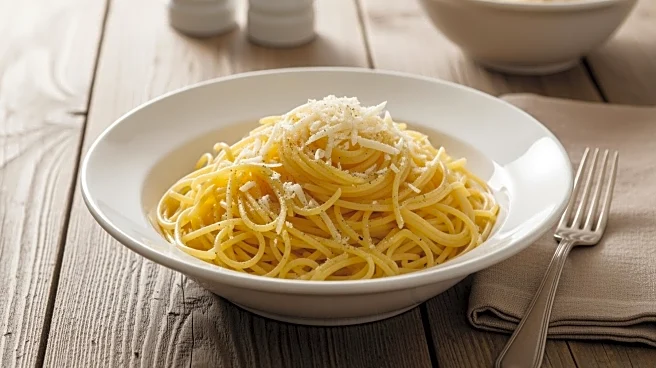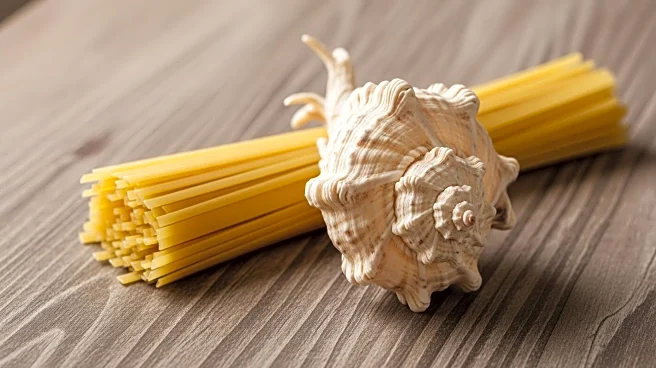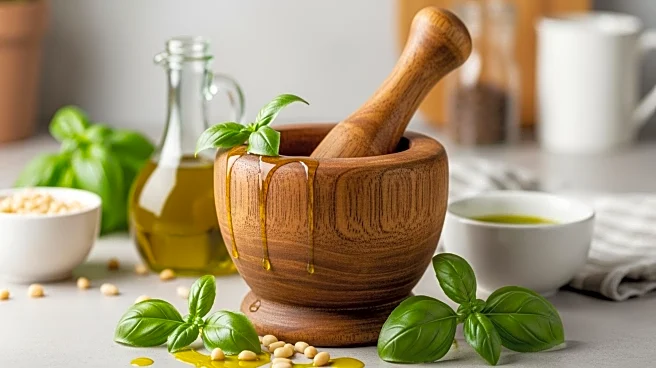Rigatoni is a type of pasta that is larger than penne and ziti, and sometimes slightly curved, but not as curved as elbow macaroni. Characterized by ridges along their length, rigatoni are sometimes spiraling
around the tube. Unlike penne, the ends of rigatoni are cut perpendicular to the tube walls instead of diagonally. The word rigatoni comes from the Italian word rigato, which means 'ridged' or 'lined', and is associated with the cuisine of southern and central Italy. Rigatoni is a particularly favorite pasta shape in the south of Italy, especially in Sicily. Its eponymous ridges make better adhesive surfaces for sauces and grated cheese than smooth-sided pasta like ziti.
What the Word Meant
The term rigatoni is derived from the Italian word rigato, meaning 'lined' or 'striped'. This name reflects the pasta's distinctive ridged surface, which is designed to hold onto sauces more effectively. The augmentative form rigatone and the plural rigatoni emphasize the pasta's size and shape, which are larger than other similar pasta types like penne and ziti.
Before It Was “Rigatoni”
Rigatoni has its roots in the traditional pasta-making practices of southern and central Italy. The pasta's design, with its ridged surface and tubular shape, was developed to enhance its ability to hold onto sauces, making it a staple in Italian cuisine. The pasta's popularity in regions like Sicily highlights its cultural significance and the role it plays in local culinary traditions.
Where It Coalesced
Rigatoni is particularly favored in the south of Italy, with Sicily being a notable region where this pasta shape is commonly used. The pasta's ridged design makes it ideal for pairing with hearty sauces, allowing it to absorb flavors and provide a satisfying texture. This regional preference underscores the pasta's integration into the culinary identity of southern Italy.
Ingredients That Changed Everything
The ridged surface of rigatoni allows it to pair well with a variety of sauces, particularly those that are thick and rich. This includes traditional Italian sauces that are often meat-based or include robust ingredients like tomatoes and cheese. The pasta's ability to hold onto these sauces makes it a versatile and essential component of many Italian dishes.














